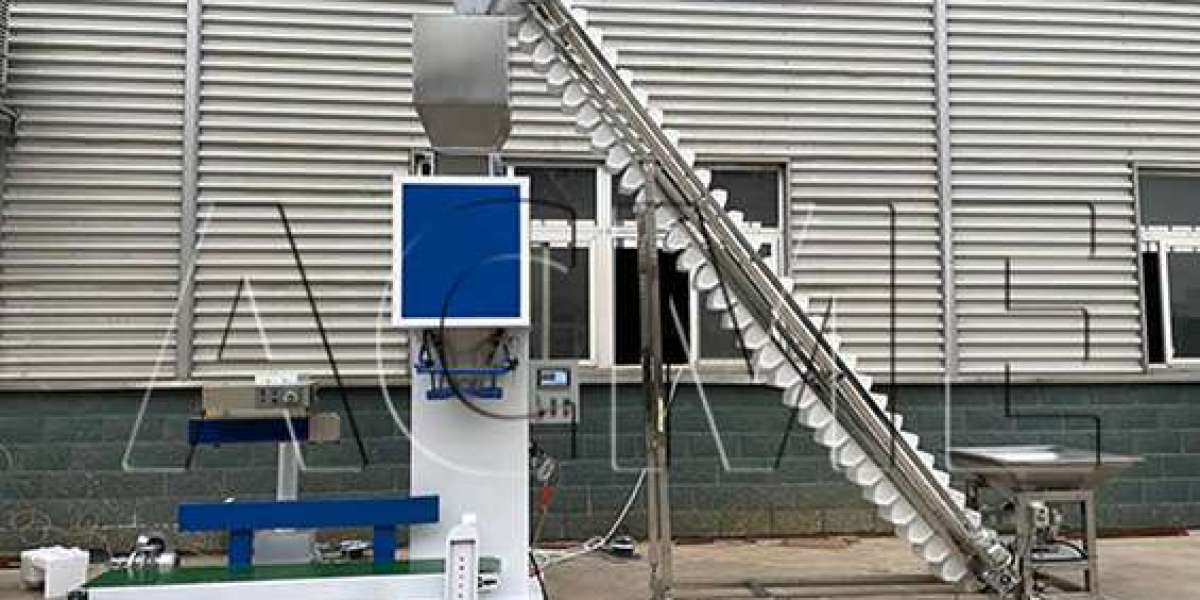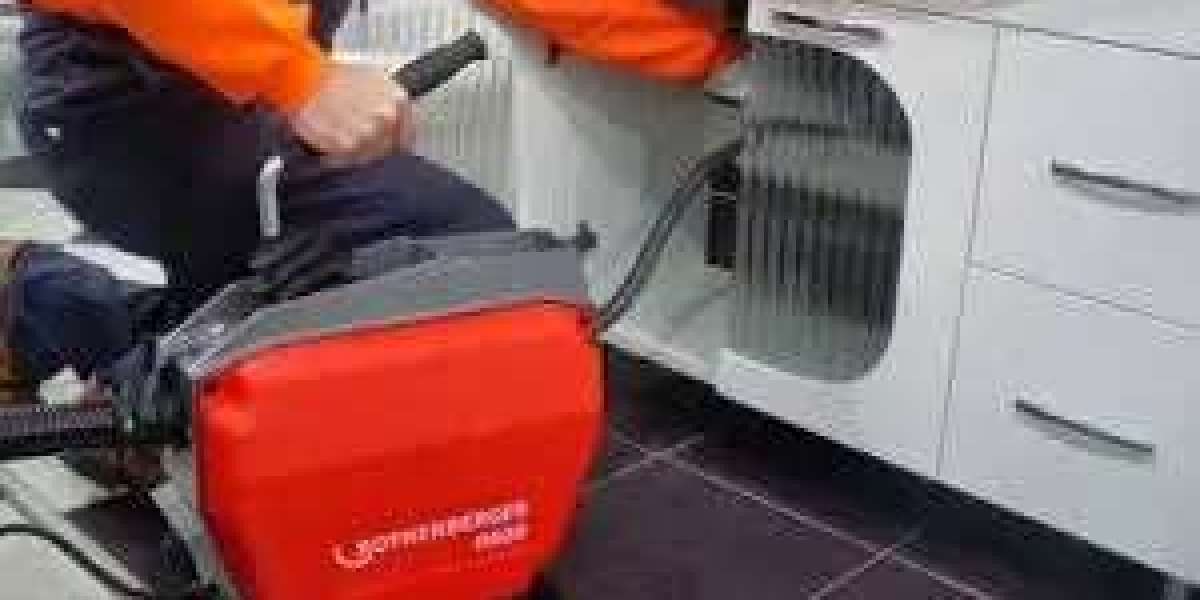I. Revolutionary Improvement in Production Efficiency
1.1 Multiplying Speed and Capacity
Traditional manual packaging averages approximately 30 pieces per minute, while modern high-speed packaging machines can reach 300-600 pieces per minute. Taking the beverage industry as an example:
Krones' filling lines reach speeds of 80,000 bottles per hour.
Sidel's Super Combi line can process 72,000 PET bottles per hour.
Tetra Pak's TBA/19 filler has a single-line daily capacity exceeding 200 tons.
After introducing a Krones production line, a well-known mineral water brand increased its production capacity eightfold while reducing staff by 40%, fully demonstrating the economies of scale of packaging machinery.
1.2 Stability of Continuous Operation
Manual packaging is limited by physiological needs, with effective working time no more than 8 hours per day. However, packaging machines can achieve:
24-hour uninterrupted operation
Year-round production (equipment utilization rate >95%)
Speed fluctuation range <±1%
After a dairy company adopted a Tetra Pak A3 filling line, its Overall Equipment Effectiveness (OEE) increased from 65% to 92%, increasing annual production by 38,000 tons.
II. Strict Product Quality Assurance
2.1 The Irreplaceable Role of Precision Control
Packaging machines far surpass manual operations in key quality indicators:
Quality Indicator Manual Packaging Level Automated Packaging Level
Filling Accuracy ±5% ±0.5%
Seal Strength 60-80N/15mm 85-100N/15mm
Appearance Acceptance Rate 92%-95% 99.8%+
After a pharmaceutical company adopted an Uhlmann blister packaging machine, its product seal failure rate dropped from 1.2% to 0.03%.
2.2 Integration of Multiple Inspection Systems
Modern packaging machines are equipped with the following inspection systems:
Weight detection (accuracy ±0.1g)
Metal detection (sensitivity Φ0.3mm)
Visual inspection (resolution 0.02mm/pixel)
Airtightness detection (sensitivity 5×10⁻⁶mbar·l/s)
A certain infant formula manufacturer achieved 100% weight compliance by introducing a Mettler Toledo checkweighing system.
III. Structural Optimization of Production Costs
3.1 Direct Cost Savings
Packaging machines reduce costs through the following means:
Reduced material loss by 3%-8% (intelligent cutting technology)
Reduced energy consumption by 20%-30% (variable frequency drive system)
Reduced labor costs by 60%-80% (automated replacement)
A certain seasoning company reduced packaging film usage by 5.3% after adopting a Bosch packaging line, saving 2.8 million yuan in annual material costs.
3.2 Hidden Cost Control
Packaging machines effectively reduce:
Quality claim costs (reduced by 60%-90%)
Product scrap rate (reduced from 3% to 0.5%)
Warehouse and logistics costs (standardized packaging saves 15%-20% space)
IV. Fundamental Guarantee of Hygiene and Safety
4.1 Special Requirements for the Food and Pharmaceutical Industries
Packaging machines offer an absolute advantage in cleanroom control:
Can achieve ISO 14644-1 Class 5 cleanroom level
Surface microbial residue <5 CFU/cm²
Particle control <1000 particles/m³ (≥0.5μm)
After adopting an aseptic filling system, an injection manufacturer reduced the microbial contamination rate of its products from 0.15% to 0.002%.
4.2 Cross-contamination Prevention and Control
Automated packaging achieves:
Zero human contact
Air curtain isolation protection
CIP/SIP in-place cleaning and sterilization
V. Key Support for Production Flexibility
5.1 Rapid Changeover Capability
Changeover time for advanced packaging machines:
Traditional equipment: 2-4 hours
Modern equipment: 5-15 minutes
State-of-the-art systems: <3 minutes (e.g., SIG Combiflex)
A snack food company expanded its product line from 3 to 12 by introducing a packaging machine with rapid changeover capabilities, while increasing equipment investment by only 30%.
5.2 Multi-Specification Compatibility
One device can handle:
Multiple container materials (glass/PET/metal)
Various capacity sizes (50ml-2000ml)
Diverse packaging formats (boxes/bags/bottles/cans)
VI. Essential Elements of Smart Manufacturing
6.1 Basic Components of Industry 4.0
Modern packaging machines feature:
OPC UA communication interface
Equipment health monitoring system
Energy management system
Predictive maintenance capabilities
An automotive lubricant plant achieved real-time monitoring of overall equipment effectiveness (OEE) by connecting its packaging equipment to the Internet of Things, reducing fault response time by 70%.
6.2 Data Collection and Analysis
A single packaging machine generates the following daily:
Process parameter data: approximately 50MB
Quality inspection data: approximately 200MB
Equipment status data: approximately 100MB
This data provides a solid foundation for continuous improvement.
Conclusion: Rethinking the Strategic Value of Packaging Machines
From the above analysis, it can be seen that packaging machines have long transcended their traditional role as "end-of-line equipment" and have become a key node in modern production lines, integrating six key functions: efficiency improvement, quality assurance, cost control, safety assurance, flexible production, and intelligent manufacturing. In the Industry 4.0 era, the intelligent development of packaging machinery will further strengthen its core position. For companies, automating the packaging process is not an option but a necessity for survival and development. Companies that still rely on manual packaging will eventually lose market competitiveness under the pressure of efficiency, quality, and cost.
In the future, with the in-depth application of technologies such as artificial intelligence and digital twins, packaging machinery will demonstrate even greater value potential. Companies should view packaging automation investments strategically and build a future-oriented competitive advantage through the introduction of advanced packaging technologies.








